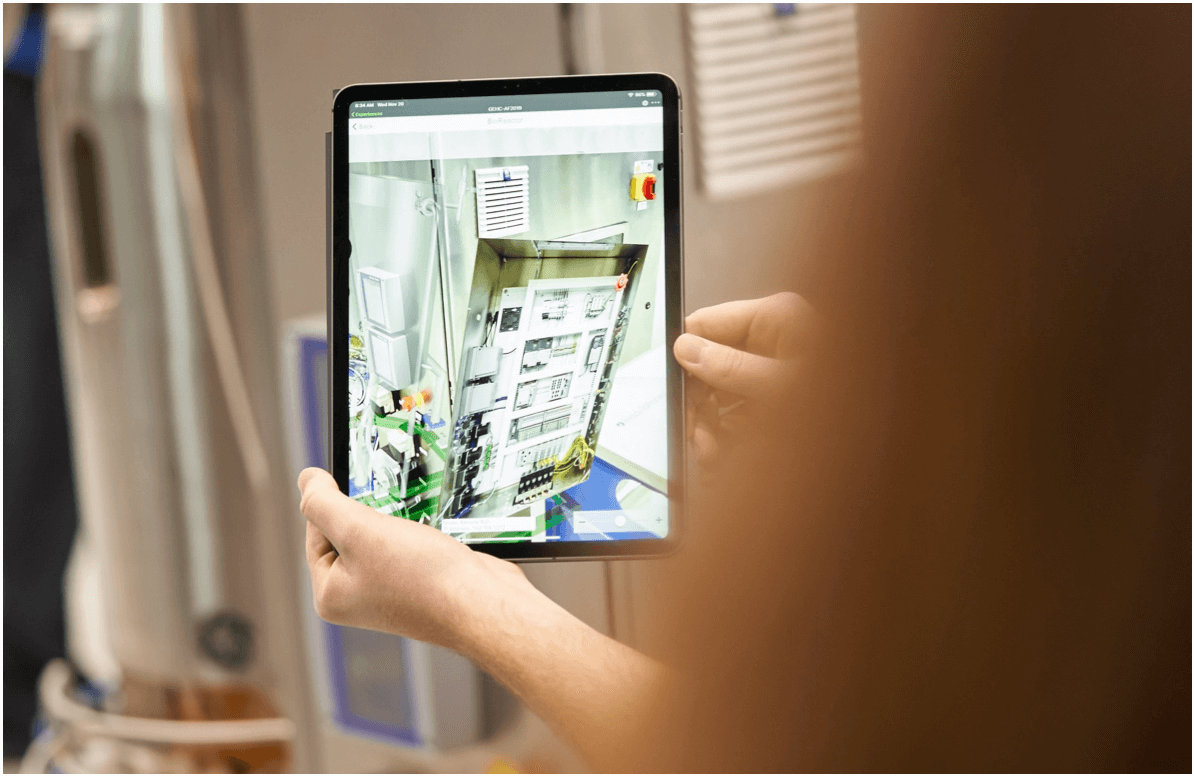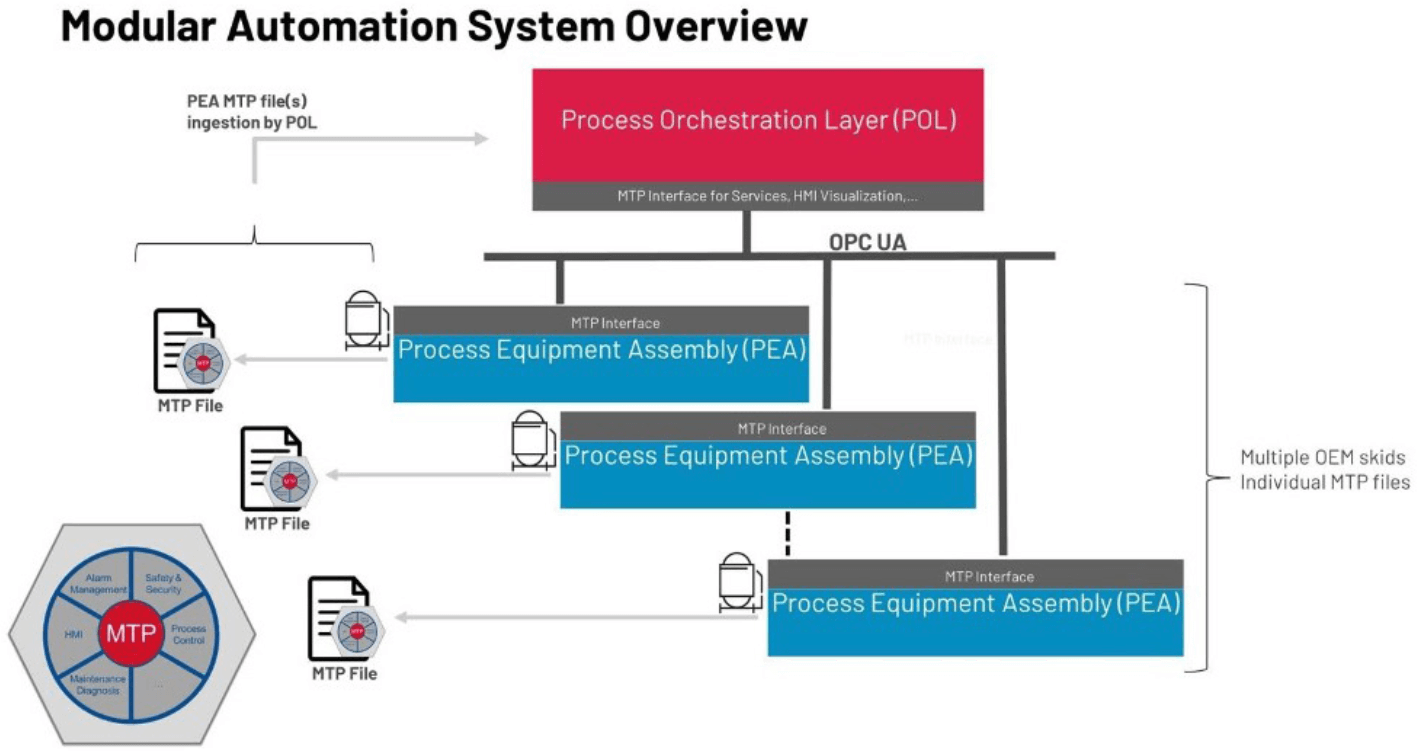Sommaire
- Considerations for Validating Aseptic Manufacturing Processes.
- Simulation des procédés de fabrication aseptique de suspensions de nanoparticules ou microsphères : Challenges & facteurs de succès au travers d’un retour d’expérience.
- L’isolateur jetable pour le remplissage aseptique, innovation ou hérésie ?
- A3P/AFI Survey on Sampling & Testing Practices for In-Process Pre-Filtration Bioburden for Sterile Products: Presentation of the Results & Critical Discussion.
- Projet de norme internationale amené à être amendé PR ISO 11737-3 : Stérilisation des produits de santé - Méthodes microbiologiques - Partie 3 : essai des endotoxines bactériennes.
- Real-time detection of CFU growth with the ScanStation® smart incubator expedites the environmental monitoring process.
- MTP: What It Is, Why It Matters. Module type package standard is a major step forward for plug-and-produce manufacturing.
- How Pemflow / D.O.C. manage Extractables and Leachables Qualification of the in-process materials and primary packaging.
MTP: What It Is, Why It Matters. Module type package standard is a major step forward for plug-and- produce manufacturing.
In life sciences and the wider automation industry, modular equipment concepts have gained favor in recent years. Although the trend benefits production equipment commissioning, it adds complexity to qualifying a plantwide automation system.

For life sciences manufacturers, horizontal integration (machine-to-machine automation) and vertical integration (machine-to-plant automation) are often the last steps before production. These steps include qualifying programmable logic controller (PLC) code operation on packaged equipment — such as a skid — and commissioning the distributed control system (DCS) responsible for plant wide automation. Plant automation engineers often work in the DCS with function block diagram objects while equipment specialists work with ladder logic in the PLC.
As the interest in modularity grew, so did a potential challenge for manufacturers: one company providing the plantwide distributed control system (DCS), a different company supplying automation components for the production equipment, and even multiple third-party components on other pieces of equipment. As a result, the number of programmable logic controllers (PLCs) entering the plant multiplied.
As some groups working in life sciences realized the benefits of ordering a skid out of a catalog vs. building the unit operation on site, the end-user organisations responsible for integrating the products grew more frustrated. Eventually, automation engineers demanded that their automation components have plug- and-produce capabilities, the same as the production equipment.
Member organisations and companies within the industry, including Rockwell Automation, have responded to that call. Their efforts have sought to stabilize and solidify the foundation for plug-and- produce technology.
1. The drive for modularity
One of the groups advancing plug-and-produce technology is NAMUR, the User Association of Automation Technology in Process Industries. This international group based in Germany represents users of automation technology, including process control technology specialists.
With more than 150 member companies across the globe, NAMUR and its members know the value of plug-and-produce modules — specifically, making it easier to replace skids of a specific function with another. They also understand how plant operators want to work: standard interfaces with standard data.
The group is helping create a modular-specific standard called modular type package (MTP) (VDI/VDE/NAMUR 2658) that includes various sections covering everything from data aspects to human-machine interfaces (HMI). The standard describes functionality — such as comms, alarms, safety, and so on — using the OPC Unified Architecture (UA).
The MTP standard is written to be compatible with other NAMUR recommendations: NE148 and the Reference Architecture Model for Industry (RAMI) 4.0. MTP has advanced to an IEC standard about the lifecycle of components in a facility. It basically says everything should be modularized so it is easy to upgrade or replace a piece at any time. We’ll explore its function after getting familiar with some key terms from VDI 2776 Part 1:
- Process equipment assembly (PEA) — an automated and, from a safety perspective, almost autonomous modular process unit, which consists of one or more functional equipment assemblies and represents a processing step or provides infrastructure within a modular plant
- Process orchestration layer (POL) — an equipment assembly spanning automation and information technology level for the operation of modular systems
- MTP — a formal description of the interfaces and functions of the automation technology of a modular process unit
 2. How MTP works
2. How MTP works
The MTP file supplied by the skid/equipment vendor is at the core of the MTP standard and represents the interface to the PEA. This file contains all the necessary information for the POL to set up its communications, tags, services, and HMI so it can monitor/control the PEA.
MTP files use an internationally standardized (IEC 62714) automation-specific XML data format called automation markup language (AML) to define each piece of equipment. For example, a bioreactor with its own control and visualization systems would provide an MTP file that defines various content available from it, including:
- Services — heating, agitation, pH control
- Data —temperatures, pressures, flows
- Visualization — operator graphics pertinent to POL operation
- Alarms
- Events/conditions
- OPC UA connectivity and tag information for obtaining the above items
An MTP-compliant POL imports the MTP files from the various skids within its system and uses the information to develop a plant-level visualization and batch system to monitor and control these skids. Now, the POL allows plant-level operators to monitor and control skids using uniform graphics and objects. The POL also allows the batch system to monitor and control services using standard recipes, regardless of skid functionality or vendor.
3. Contributing to plug-and-produce standards
At Rockwell Automation, we felt a responsibility to address the difficulties that accompanied the arrival of modular equipment (easier for the operations department, more difficult for automation engineers). We contribute to the development of automation standards for modular automation and participate in organisations that demonstrate how those standards can benefit industry.
One of those organisations, the BioPhorum Operations Group, outlined the potential impact of plug-and-produce technology on the life sciences industry in a 2019 paper:
- Up to 40% faster time to market
- Up to 40% faster rearrangement of production equipment
- Almost zero automation engineering to copy a production line
- Up to 50% reduction in capital expenditures and operating expenses.
As a member of the BioPhorum Plug and Play workstream, we’ve conducted six proof-of-concept tests of the released modular automation/MTP standards on both the PEA and POL requirements. Our involvement with that workstream and the NAMUR MTP standards in general has aided our ongoing development of tools and solutions in support of PEA and POL partners across many industries, from life sciences to oil and gas. As they continue to release additional standards involving MTP, we’ll stay engaged in the testing process, and enhance our PEA and POL solutions accordingly.





